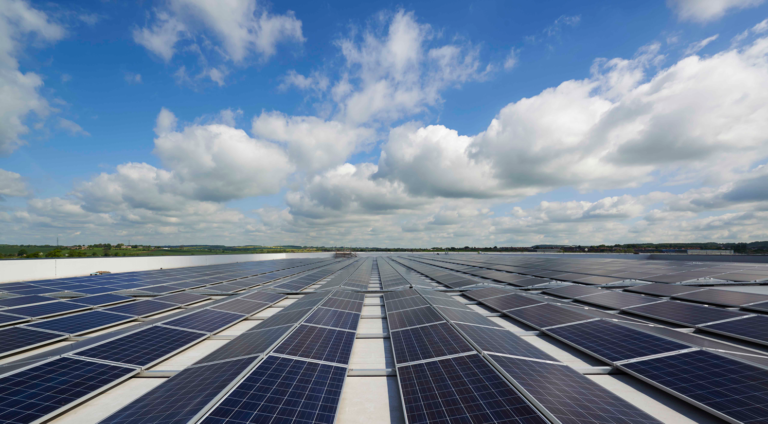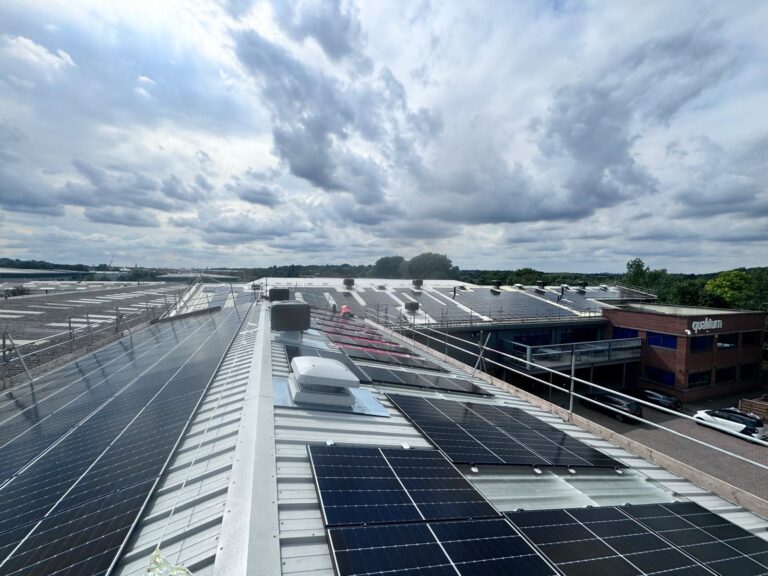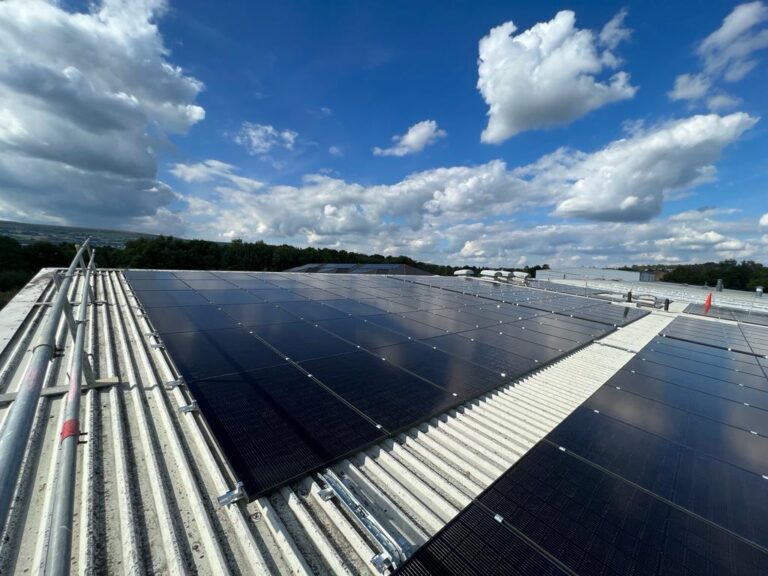A Complete Guide About Commercial Solar Panel Sizes
Commercial Solar Panel Size: Why It Matters
Investing in solar energy is a strategic move for businesses aiming to reduce operational costs and enhance sustainability. One of the most critical factors in planning a commercial solar installation is the commercial solar panel system size, as it directly affects performance and financial returns. The right panel size influences multiple aspects, including:
Installation complexity
Larger panels may necessitate specialized mounting solutions. Design software can be used to determine panel clamping zones and appropriate bracketry.
Energy efficiency
Larger panels generate more power, maximising output.
Structural requirements
Roof load capacity must be assessed, requiring structural surveys to ensure safety and stability.
Overall cost savings
Efficient sizing and simulation designs ensures long-term financial benefits.
Solar Photovoltaic Panels: Understanding Their Role in Commercial Energy
Solar photovoltaic panels harness sunlight and convert it into electricity, making them a crucial component of commercial solar energy systems. Businesses rely on these panels to power operations, reduce reliance on the National Grid, and lower energy costs.
In addition to financial savings, solar panels contribute to sustainability efforts by decreasing carbon emissions. Larger solar photovoltaic panels generate higher energy DC Watts output, making them ideal for businesses with extensive powers requirements, such as factories, warehouses, and large office complexes.

Solar Panel Dimensions UK: Standard Sizes and Variations
When investing in a commercial solar system, understanding solar panel dimensions UK is essential for optimising energy generation and installation efficiency. In the UK, commercial solar panels follow standardised sizing, allowing for streamlined integration into different types of buildings and ground-mounted systems.
However, panel dimensions can vary based on manufacturer specifications, cell technology, and efficiency ratings. Selecting the right size ensures maximum solar coverage while considering available space, structural load, and energy output requirements. The most common solar panel dimensions UK for commercial applications include:
2. Large-Format Commercial Solar Panels
Large-format commercial solar panels are designed for businesses that require greater power generation without significantly increasing installation complexity. These panels cover a larger surface area and provide higher energy output, making them ideal for large-scale solar projects, such as industrial rooftops and solar farms.
Their increased wattage helps maximise energy production in areas with ample space for installation.
- Size: 2,200 mm x 1,190 mm (or 2.2m x 1.19m)
- Power Output: 500W – 600W
- Cell Type: High-efficiency monocrystalline
1. Standard Commercial Solar Panel Dimensions
Standard commercial solar panels are the most used option for businesses looking to integrate solar energy into their operations. They strike a balance between efficiency, affordability, and ease of installation, making them ideal for a wide range of commercial applications.
These panels are well-suited for rooftop installations and ground-mounted systems, offering a reliable energy output to help businesses reduce electricity costs.
- Size: 1840mm x 1130 mm (or 1.84m x 1.13m)
- Power Output: 350W – 450W
- Cell Type: Monocrystalline or polycrystalline
3. High-Efficiency Bifacial Solar Panels
Bifacial solar panels represent the latest advancement in commercial solar technology, offering superior efficiency by capturing sunlight from both the front and rear sides when mounted at angle.
These panels are particularly beneficial in environments where reflective surfaces, such as white rooftops or light-colored ground, can enhance energy generation.
Bifacial solar panel technology allows businesses to achieve higher output without increasing panel size, making them an excellent choice for maximising solar efficiency.
- Size: 2,200 mm x 1,190 mm
- Power Output: 500W – 700W
- Technology: Bifacial cells capturing sunlight from both sides

Solar Panel Dimensions: Choosing the Right Fit for Your Business
Selecting the correct solar panel dimensions depends on multiple factors:
1. Energy Requirements
Larger panels generate more power, making them ideal for businesses with high electricity consumption.
2. Available Space
The size of your commercial property’s rooftop or ground area influences how many panels can be installed.
3. Structural Considerations
The weight and size of solar panels should align with your building’s load-bearing capacity. Structural surveys must be carried out.
4. Cost vs. Efficiency
High-efficiency panels may cost more but require fewer units to meet energy needs, making them a cost-effective option.
Solar Panel Specifications: Key Features to Look For
Beyond solar panel dimensions, understanding solar panel specifications is critical when choosing the best system for your commercial setup.
1. Power Output and Efficiency
✅ Higher wattage panels provide greater electricity generation.
✅ Efficiency ratings determine how effectively sunlight is converted into usable energy.
2. Panel Type
✅ Monocrystalline panels: More efficient and long-lasting.
✅ Polycrystalline panels: Lower cost but slightly less efficient.
3. Durability and Weather Resistance
✅ UK conditions require panels with high wind, snow, and hail resistance.
✅ IP67 or IP68-rated panels ensure better longevity and performance.
4. Warranty and Performance Guarantees
✅ Most commercial panels come with 25–30 years warranty.
✅ Look for manufacturers offering performance guarantees beyond 80% efficiency over 25 years.
Average Commercial Solar Panel Size: What to Expect
The average commercial solar panel size varies, but most commonly, businesses opt for:
|
Panel Type |
Dimensions (mm) |
Power Output (W) |
Efficiency (%) |
Best Use Case |
|
Standard Commercial |
2000 x 1000 |
350 – 450 |
18 – 22% |
Small to mid-sized businesses |
|
Large-Format |
2200 x 1100 |
500 – 600 |
20 – 23% |
Large-scale factories and warehouses |
|
Bifacial Panels |
2200 x 1100 |
500 – 700 |
22 – 25% |
High-efficiency commercial applications |
Choosing the right commercial solar panel size is essential for maximising efficiency and cost-effectiveness. Understanding solar photovoltaic panels, solar panel dimensions UK, and solar panel specifications ensures businesses make informed decisions.
Whether opting for standard, large-format, or bifacial panels, finding the right balance between panel size, efficiency, and installation space will provide long-term sustainability and savings. Investing in the right solar panel dimensions supports business growth while contributing to a greener future.

